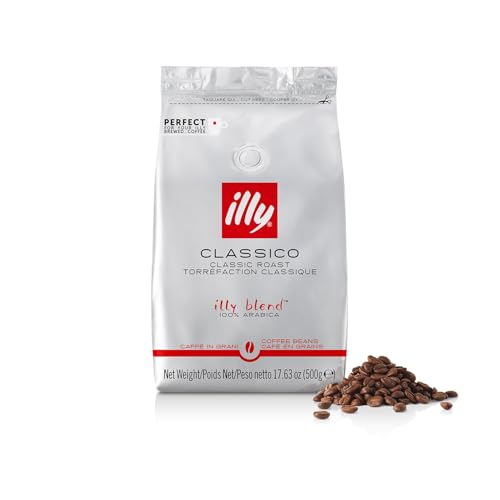When scanning a shelf of coffee bags, you’ll often come across two terms: blended and single-origin. Each represents a different philosophy in coffee production and depending on your taste, budget, and brewing method, one may suit you better than the other.
What Are Single-Origin Beans?
Single-origin coffee comes from one country, region, or even a specific farm. These beans are valued for their distinctive flavors that reflect their terroir, such as the citrusy brightness of a Kenyan bean or the fruity complexity of Ethiopian Yirgacheffe.
Pros:
- Traceable origin
- Unique, identifiable flavor profiles
- Ideal for pour-over and manual brewing methods
Cons:
- Can be more expensive
- Seasonal availability may limit supply
- Flavors may be too bold or unbalanced for some drinkers
What Are Blended Coffee Beans?
Blends are created by mixing beans from different origins, aiming for consistency and balanced flavor. Think of them like recipes—carefully constructed to deliver a smooth and predictable taste.
Pros:
- More affordable and widely available
- Designed for balance and crowd-pleasing taste
- Ideal for espresso and milk-based drinks
Cons:
- Lack of origin transparency
- Less unique or nuanced flavor
Which Should You Choose?
Your choice depends on your preferences:
- For flavor exploration: Go single-origin. You’ll get to experience the pure essence of specific growing regions.
- For daily brewing or espresso: Blends are often smoother and more forgiving, especially when paired with milk.
What We Recommend
- Single-Origin Sampler Packs – Great for expanding your palate.
- House Espresso Blends – If you’re into lattes and cappuccinos, a reliable espresso blend is your best friend.
- Label Check – Look for origin info and roast dates when buying either option for freshness and quality.













[…] high-quality coffee beans isn’t just for coffee connoisseurs it’s a skill any home barista can learn. By understanding […]